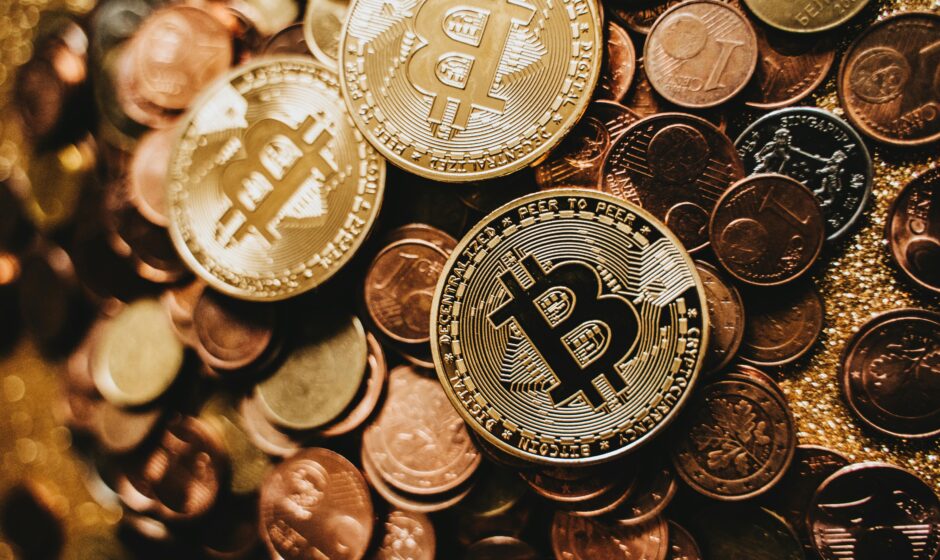Cryptocurrencies have evolved far beyond Bitcoin, giving rise to thousands of altcoins with different purposes and utilities. Among them, meme coins and utility tokens have carved distinct spaces in the market. But which of these categories holds long-term potential? Are meme coins just speculative assets, or do they have a place in the future of blockchain? This article explores the evolving landscape of altcoins and the fundamental differences between these two types.
What Are Meme Coins?
Meme coins are cryptocurrencies that gain popularity primarily through social media hype and community-driven momentum. These coins often start as jokes or internet memes but can develop substantial followings and, in some cases, real-world applications.
Examples of Popular Meme Coins:
- Dogecoin (DOGE): Originally created as a joke, Dogecoin became one of the most well-known meme coins, fueled by celebrity endorsements and a passionate online community.
- Shiba Inu (SHIB): Marketed as the “Dogecoin killer,” Shiba Inu built an entire ecosystem, including decentralized exchanges and NFT projects.
- Pepe (PEPE) and Floki Inu (FLOKI): Inspired by internet culture, these tokens rely on social media-driven hype.
Strengths of Meme Coins:
- Strong Community Support: Meme coins thrive on social media engagement, leading to rapid adoption and significant market rallies.
- Low Entry Barriers: Unlike major cryptocurrencies, meme coins often have lower prices, attracting retail investors looking for quick gains.
- Potential for Utility Growth: Some meme coins are evolving beyond their joke origins, integrating into DeFi platforms or NFT ecosystems.
Challenges of Meme Coins:
- High Volatility: Prices fluctuate wildly, making them risky investments.
- Lack of Intrinsic Value: Most meme coins lack strong technical fundamentals or real-world utility.
- Short-Term Hype: Many meme coins fade as quickly as they rise, making long-term viability uncertain.
What Are Utility Tokens?
Utility tokens are cryptocurrencies designed to serve a specific function within a blockchain ecosystem. They provide access to services, facilitate transactions, or enable governance within decentralized networks.
Examples of Popular Utility Tokens:
- Ethereum (ETH): Used for gas fees and smart contract execution on the Ethereum blockchain.
- Chainlink (LINK): Powers decentralized oracles that provide real-world data to smart contracts.
- Binance Coin (BNB): Offers discounted trading fees on Binance and powers Binance Smart Chain (BSC).
- Polygon (MATIC): Helps scale Ethereum by providing faster and cheaper transactions through Layer 2 solutions.
Strengths of Utility Tokens:
- Real-World Use Cases: Many utility tokens are essential for blockchain networks to function efficiently.
- Long-Term Viability: Unlike meme coins, utility tokens are designed with a purpose, increasing their sustainability.
- Adoption by Institutions: Businesses and enterprises increasingly integrate utility tokens into their operations, driving demand.
Challenges of Utility Tokens:
- Regulatory Uncertainty: Some utility tokens face legal scrutiny over their classification as securities.
- Scalability Issues: Networks relying on utility tokens can experience congestion, leading to high fees and slow transactions.
- Competition: The utility token market is highly competitive, with new projects constantly emerging.
Meme Coins vs. Utility Tokens: A Market Comparison
| Feature | Meme Coins | Utility Tokens |
|---|---|---|
| Purpose | Social media-driven, speculative | Functional, supports blockchain services |
| Volatility | Extremely high | Moderate to high |
| Adoption | Community and celebrity-driven | Institutional and developer-driven |
| Long-Term Viability | Uncertain | More sustainable |
| Examples | DOGE, SHIB, PEPE | ETH, LINK, BNB, MATIC |
Which Category Will Dominate?
While meme coins continue to generate buzz and attract speculative investors, utility tokens remain the backbone of blockchain technology. However, the gap between the two is narrowing. Some meme coins are introducing real-world applications, while utility tokens are leveraging social media marketing to increase adoption.
Conclusion
The altcoin landscape is constantly evolving, with both meme coins and utility tokens playing crucial roles. Meme coins thrive on hype and community engagement, while utility tokens drive innovation and blockchain adoption. Investors should assess their risk tolerance and long-term goals before choosing between the two.
Matthew Ruthven is a crypto journalist and blockchain strategist with a passion for exploring the intersection of technology, finance, and decentralized governance. With a background in software development and digital economics, he brings a technical yet accessible approach to analyzing the latest trends in cryptocurrency and Web3 innovation.



